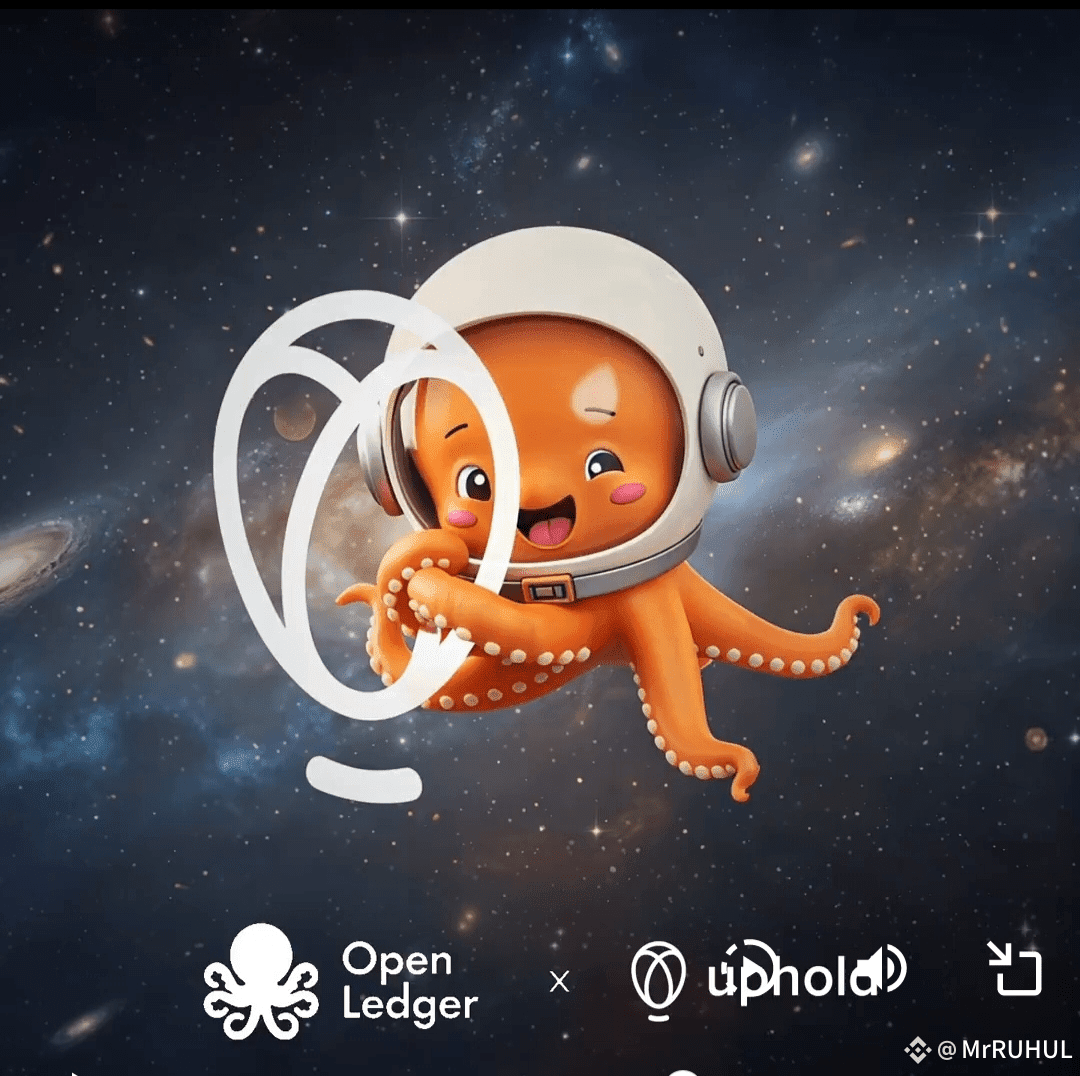 The tokenomics of a project are what keep it going.They decide if it will do well or just get by.OPEN is a platform for AI and data sovereignty.Not only does it raise money through its tokenomics, but they are also a big part of what makes it valuable.If you look closely, you'll notice that the model is well thought out for the long run, with a solid mix of incentives, usefulness, and scarcity.
The tokenomics of a project are what keep it going.They decide if it will do well or just get by.OPEN is a platform for AI and data sovereignty.Not only does it raise money through its tokenomics, but they are also a big part of what makes it valuable.If you look closely, you'll notice that the model is well thought out for the long run, with a solid mix of incentives, usefulness, and scarcity.
Core Utility: What Makes Something WorthwhileThe most important thing for a token to last is how useful it is.In its ecosystem, the OPEN coin is the only way to trade.Users must pay OPEN to use AI services, computing resources, and data on the platform.But developers, node operators, and data providers receive OPEN for offering these resources.This creates a closed-loop economy in which the token is needed for the platform to run.OPEN will have a high base value because more and more people demand AI and decentralized data services, which means it will need to handle more transactions.Aligning strategic incentivesEveryone involved needs to be on the same page when it comes to sustainable tokenomics.OPEN does this by offering different kinds of rewards:· For Developers and Service Providers:They get compensated in OPEN for giving good AI models, data, or computing power.The more you use it, the more you get, which creates a competitive market where the finest services do well. This leads to a cycle of excellence and innovation.Node operators and validators handle transactions and keep the network safe. They get OPEN incentives for doing this.This is very critical for the network's integrity and decentralization.A well-incentivized node network makes the platform strong and stable, which brings in more users.
For Users:When they pay OPEN, they might be able to get a better, clearer, and cheaper AI service than they might with centralized solutions.People are willing to pay more for a better service, which means more people use it, which means more tokens are needed.This alignment makes sure that everyone who plays an important part wants to help keep the network healthy, which makes the ecosystem stronger.Managed Emission and Scarcity TimetablesA token that will never lose value will lose value over time.OPEN solves this problem by providing a predetermined schedule for emissions.There is a limit on the total amount, and new tokens are released into circulation according to a clear, pre-set plan.Most of the time, this happens through staking rewards and ecosystem incentives.This controlled inflation is supposed to reward people who stay in the market for a long time without flooding it.As time goes on, it becomes clearer that the switch from inflation-based rewards to fee-based revenues is happening. This increases the token's value even more.Ways to Build Value and StakePeople who hold tokens need to be able to do more than merely guess the price in order for the system to last.OPEN has staking systems that do two things:
1. Security: Staking tokens to run a node or help administer the network makes it safer.This requires a long-term commitment, which means there is less money in circulation and short-term speculation is less tempting.2. Rewards: Stakers earn a piece of the network fees and the new tokens that are generated.This gives people who hang on to their tokens for a long time a return on their investment, which makes them want to keep them.This makes people less likely to sell, which helps keep prices steady.This staking method changes the token from a simple commodity into a useful asset, which draws in holders who want the project to do well in the long run.Things that could go wrong and the futureEvery model has its own challenges.For OPEN to be successful in the long run, a lot of people need to use it.No matter how carefully the token is designed, its value will go down if the number of users and developers stops rising.Because the AI and blockchain businesses are very competitive, OPEN needs to stick to its goal and show that it is better than both Web2 and Web3 competitors.Final thoughtsThe tokenomics of OPEN weren't merely thrown together; they were carefully constructed to last a long time.The architecture does a good job of encouraging participation, rewarding contributions, and punishing bad behavior by creating a strong utility base, matching incentives throughout its ecosystem, limiting scarcity through a regulated emission schedule, and introducing powerful staking mechanisms.The OPEN tokenomics system has all the right pieces to work for a long time, but it will only work if people utilize it and the market accepts it.This makes it a strong economic engine for an AI that isn't centralized.@OpenLedger #OpenLedger $OPEN

